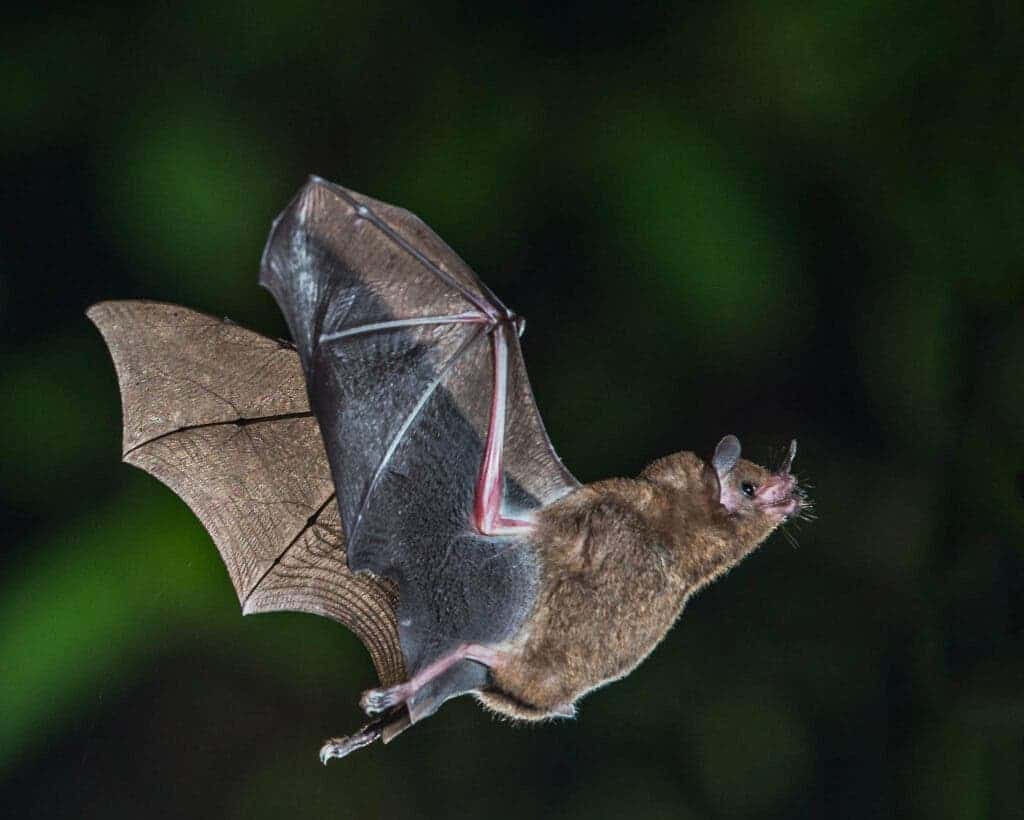It’s a good time to be a virus, especially if you’re one looking to move to humans — and it’s all thanks to climate change. A new study predicts at least 15,000 instances of viruses leaping between species over the next 50 years. Many of these jumps will be fueled by climate change, which is fueling a “potentially devastating” spread of disease that put both animals and people at risk of outbreaks and even pandemics.

As global warming continues to take its toll, many animal species will be forced to move into new areas to find more suitable living conditions. They won’t go alone. Parasites and pathogens will travel with them, triggering a spread between species that haven’t interacted before. This will increase the risk of a “zoonotic spillover” — when viruses transfer from animals to people. Up to 75% of human infectious diseases came from pathogens that originally circulated in non-human animal species.
Viruses and climate change
A group of researchers from Georgetown University published the first comprehensive study of how climate change will restructure viruses in mammals. They focused on geographic range shifts, which they argue will bring greater opportunities for viruses like coronaviruses to emerge in new areas, making them harder to track.
“The closest analogy is actually the risks we see in the wildlife trade,” the study’s lead author Colin Carlson said in a statement. “We worry about markets because bringing unhealthy animals together in unnatural combinations creates opportunities for this stepwise process of emergence. But markets aren’t special anymore in a changing climate.”
The researchers found that at least 10,000 types of viruses capable of infecting humans are circulating “silently” in wild animal population. Until recently, zoonotic spillovers were considered unusual, but as more natural areas have been destroyed for agriculture and urban expansion, more people have come into contact with infected animals.
Climate change is making this problem even worse, helping circulate viruses between species that didn’t interact before. The study forecasts significant geographic range shifts in almost 3,200 mammal species due to climate and land-use changes until 2070 even under low levels of global warming. This will trigger 15,000 cross-species transmission events, the team forecasts.
The researchers believe that bats will account for most of the viruses spread because of their capability of traveling large distances. In fact, an infected bat in a wildlife market in Wuhan, China, is one of the suspected causes of the start of the Covid-19 pandemic – still an open question that experts believe will take more time to be answered.
However, there’s still a way forward. The researchers said the most effective solution is to implement wildlife surveillance and simultaneously carry out studies of environmental change. They argued to be “closer than ever” to predicting and preventing the next pandemic, but doing so will require “the harder half of the problem.”
“When a Brazilian free-tailed bat makes it all the way to Appalachia, we should be invested in knowing what viruses are tagging along,” said Carlson in a statement. “Trying to spot these host jumps in real-time is the only way we’ll be able to prevent this process from leading to more spillovers and more pandemics,” he concludes.
The study was published in the journal Nature.


